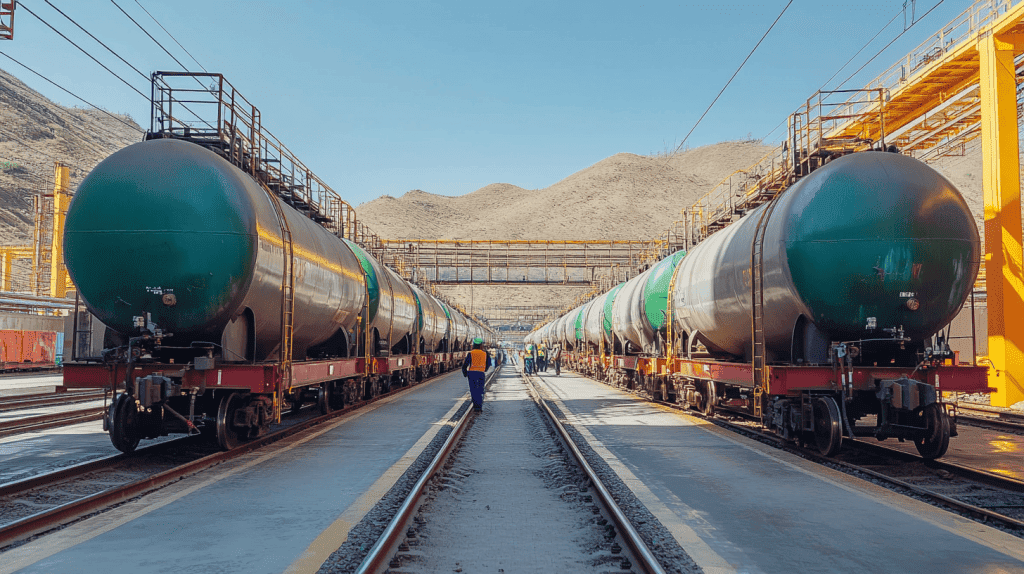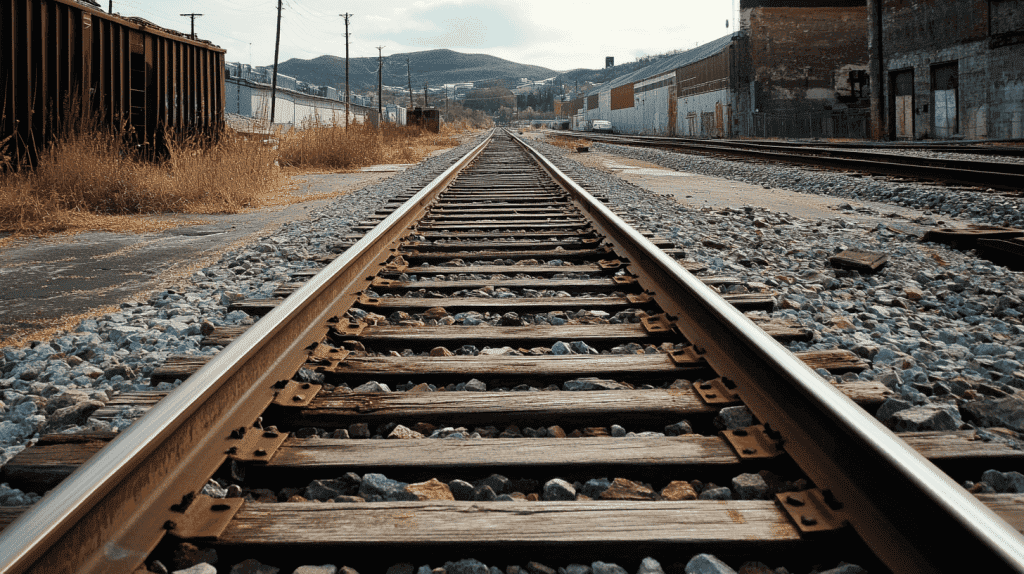Railway maintenance is essential for ensuring the safety and efficiency of train operations. Among the various components involved in track maintenance, railroad track pans play a crucial role. But what exactly are railroad track pans, and how do they work?
In this article, we will delve into the world of railroad track pans, explaining their purpose, functionality, and significance in maintaining railway infrastructure. Whether you are a railway enthusiast or a professional in the field, this comprehensive guide will provide you with valuable insights into this essential aspect of railway maintenance.
What Are Railroad Track Pans?
Railroad track pans, also known as drip pans or spill containment pans, are specialized structures installed beneath railway tracks. These pans are designed to catch and contain any liquids or debris that may spill or leak from trains passing above. The primary purpose of track pans is to prevent environmental contamination and ensure the safe operation of trains.

Components of Track Pans
Track pans are typically made up of several key components:
- Pan Structure: The main body of the track pan, usually made of durable materials like steel or plastic, designed to withstand the weight of trains and environmental elements.
- Drainage System: A system of pipes and channels that directs collected liquids away from the tracks to a designated containment area.
- Grates or Covers: Protective coverings that prevent debris from clogging the drainage system while allowing liquids to pass through.
- Support Mechanisms: Structures that secure the track pans in place, ensuring stability and proper alignment beneath the tracks.
How Do Railroad Track Pans Work?
Installation Process
The installation of railroad track pans involves several steps to ensure they function effectively:
- Site Assessment: Before installation, a thorough assessment of the railway site is conducted to determine the appropriate locations for track pans.
- Excavation: The area beneath the tracks is excavated to create space for the track pans and their supporting structures.
- Pan Placement: The track pans are carefully positioned beneath the tracks, ensuring proper alignment and stability.
- Connecting Drainage System: The drainage system is connected to the track pans, allowing collected liquids to be directed away from the tracks.
- Testing and Inspection: Once installed, the track pans undergo rigorous testing and inspection to ensure they function correctly and meet safety standards.
Operation and Maintenance
Railroad track pans operate continuously to capture and contain any liquids or debris that may spill from passing trains. Regular maintenance is essential to keep them functioning effectively. Here are some key maintenance tasks:
- Inspections: Routine inspections are conducted to check for any signs of damage, leaks, or blockages in the track pans and drainage system.
- Cleaning: Periodic cleaning of the track pans and drainage system prevents the buildup of debris and ensures smooth operation.
- Repairs: Any identified issues, such as cracks or leaks, are promptly repaired to maintain the integrity of the track pans.
- Monitoring: Continuous monitoring of the track pans helps detect any potential problems early and ensures they are addressed promptly.
Benefits of Railroad Track Pans
Railroad track pans offer several significant benefits for railway maintenance and operations:
Environmental Protection
One of the primary advantages of track pans is their ability to prevent environmental contamination. By capturing and containing spills and leaks, track pans help protect soil, water sources, and surrounding ecosystems from harmful substances.
Enhanced Safety
Track pans contribute to the overall safety of railway operations by reducing the risk of accidents caused by slippery or contaminated tracks. This is especially important in areas where hazardous materials are transported.
Cost Savings
Investing in track pans can lead to long-term cost savings. Preventing environmental contamination and reducing the risk of accidents can save railway companies from expensive cleanup and legal costs.
Regulatory Compliance
Railroad track pans help railway companies comply with environmental regulations and safety standards. This ensures that operations are conducted responsibly and in accordance with legal requirements.

Challenges and Solutions in Track Pan Maintenance
Common Challenges
While track pans offer numerous benefits, their maintenance can present certain challenges:
- Debris Accumulation: Over time, debris such as leaves, dirt, and other materials can accumulate in the track pans and drainage system, leading to blockages and reduced efficiency.
- Weather Conditions: Extreme weather conditions, such as heavy rain or snow, can impact the performance of track pans and their drainage systems.
- Wear and Tear: Continuous exposure to train traffic and environmental elements can cause wear and tear on the track pans, necessitating regular inspections and repairs.
Solutions
To address these challenges, railway companies can implement the following solutions:
- Regular Cleaning: Implementing a regular cleaning schedule helps prevent debris buildup and ensures the smooth operation of track pans.
- Weather-Resistant Materials: Using weather-resistant materials for track pans and their components can enhance their durability and performance in various weather conditions.
- Proactive Maintenance: Conducting proactive maintenance and inspections helps identify and address potential issues before they escalate, ensuring the longevity and effectiveness of track pans.
Real-World Applications of Railroad Track Pans
Railroad track pans are used in various railway settings, including:
Freight Railways
Freight railways often transport hazardous materials that pose a risk of spills and leaks. Track pans are essential in these settings to prevent environmental contamination and ensure safe operations.
Passenger Railways
Passenger railways also benefit from track pans by maintaining clean and safe tracks, reducing the risk of accidents, and enhancing the overall passenger experience.
Industrial Railways
Industries that rely on rail transport for their operations, such as chemical plants and refineries, use track pans to manage spills and leaks, ensuring the safety of their facilities and surrounding areas.
Conclusion
Railroad track pans play a vital role in railway maintenance by capturing and containing spills and debris, preventing environmental contamination, and enhancing the safety and efficiency of train operations. By understanding their purpose, functionality, and benefits, railway companies can make informed decisions about implementing and maintaining track pans to ensure the long-term success of their operations.
Investing in track pans is not only a responsible choice but also a practical one that offers significant advantages in terms of environmental protection, safety, cost savings, and regulatory compliance. As railway infrastructure continues to evolve, track pans will remain an essential component in maintaining the integrity and safety of our railways.
Shop for Railroad Track Pans at Absorbents Online
If you’re looking to enhance the safety and compliance of your railway operations, consider investing in high-quality railroad track pans. Absorbents Online offers a wide selection of durable and reliable track pans designed to meet your specific needs. By choosing our products, you can ensure effective spill management, environmental protection, and regulatory compliance. Don’t wait—explore our range of railroad track pans today and take a proactive step towards safer and more efficient railway maintenance. Visit Absorbents Online now to make your purchase!